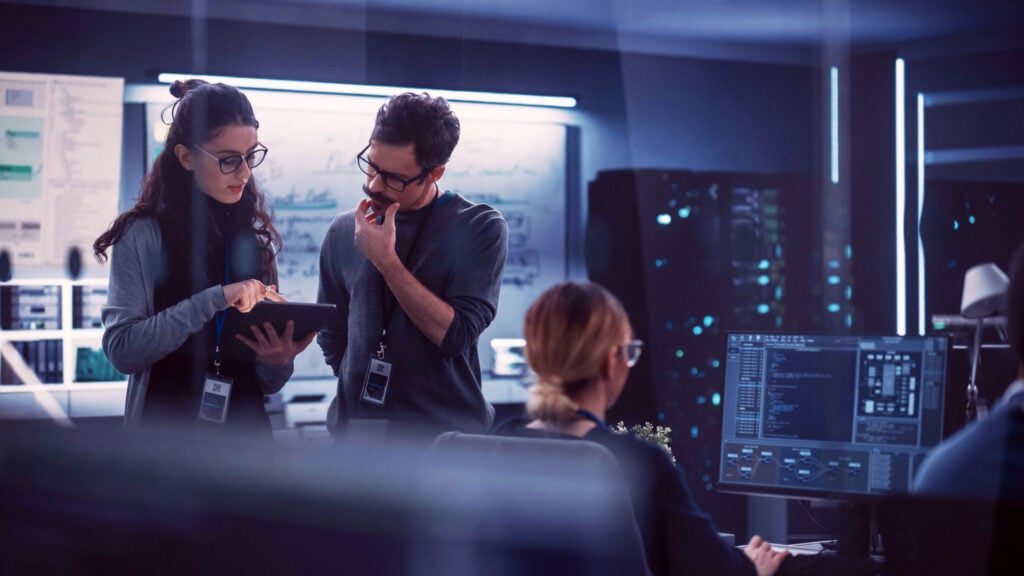Whitepaper
Zero Trust – Going Beyond the Perimeter
Kindervag defined the guiding principle for “zero trust” as “never trust, always verify.” In other words, assume that every part of your network is potentially hostile, as if it were directly on the internet, and treat access requests accordingly. Threats that manage to bypass the firewall (through compromised user credentials or a vulnerable web-facing application, […]

Kindervag defined the guiding principle for “zero trust” as “never trust, always verify.” In other words, assume that every part of your network is potentially hostile, as if it were directly on the internet, and treat access requests accordingly. Threats that manage to bypass the firewall (through compromised user credentials or a vulnerable web-facing application, for example), or that start within the internal “trusted” network, should be stopped by additional security controls that prevent lateral movement and thereby minimize the impact of a breach.
Instead of thinking of the perimeter as one type of access control around the “edge” of the network, think of the perimeter as any place where you make an access control decision. This could still be at the firewall or switch, but it could be at other layers as well: the difference between logging in to a third-party SaaS application with a personal ID and logging in with a corporate ID dictates which security decisions apply, and who makes them. Where an application tries to access a database, that’s a perimeter. When a user elevates privilege to perform a sensitive operation, that’s also a perimeter. The zero-trust model of security prompts you to question your assumptions of trust every time there’s an access event.
Download our white paper and learn more about Zero Trust and all the benefits.
Related









